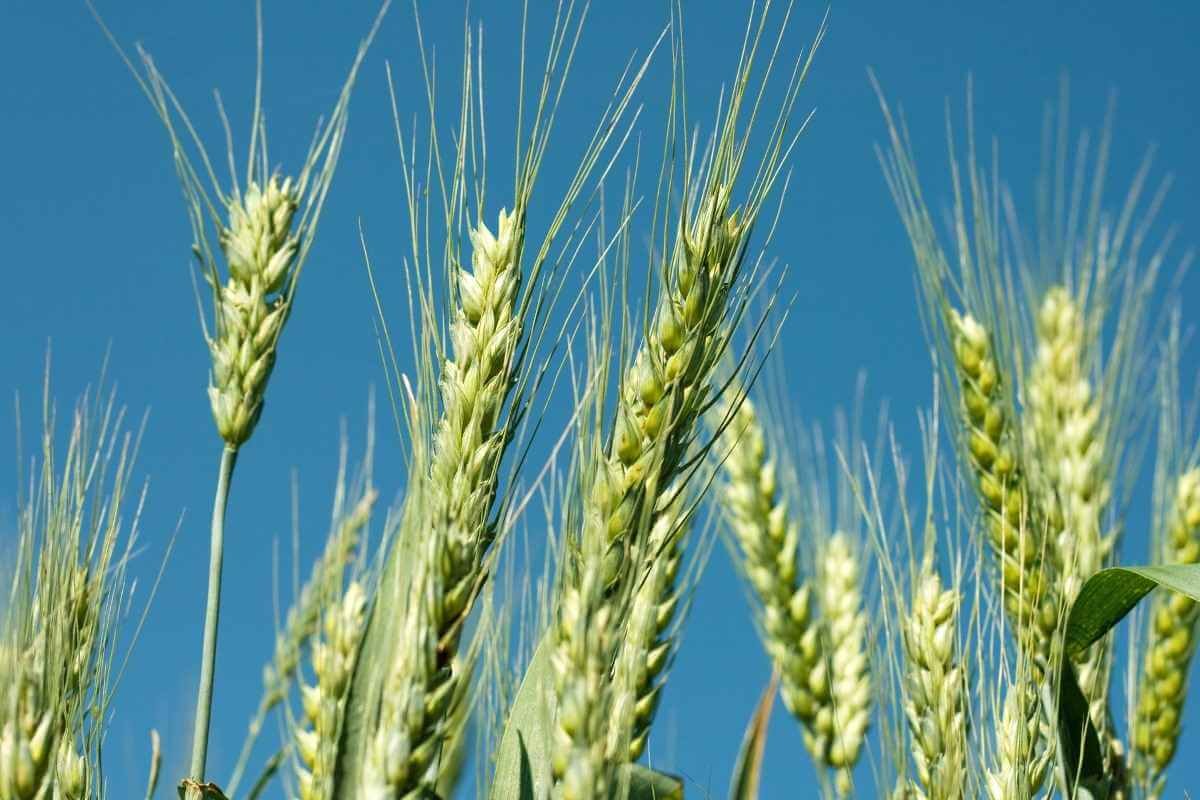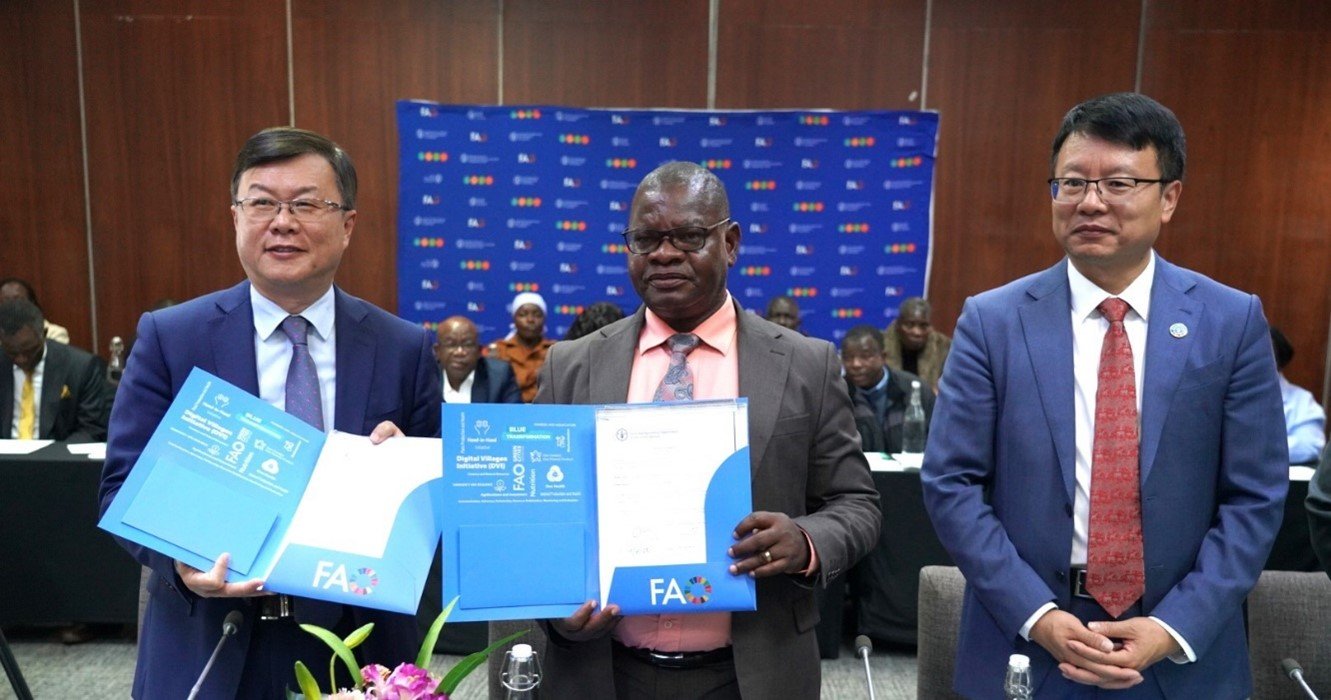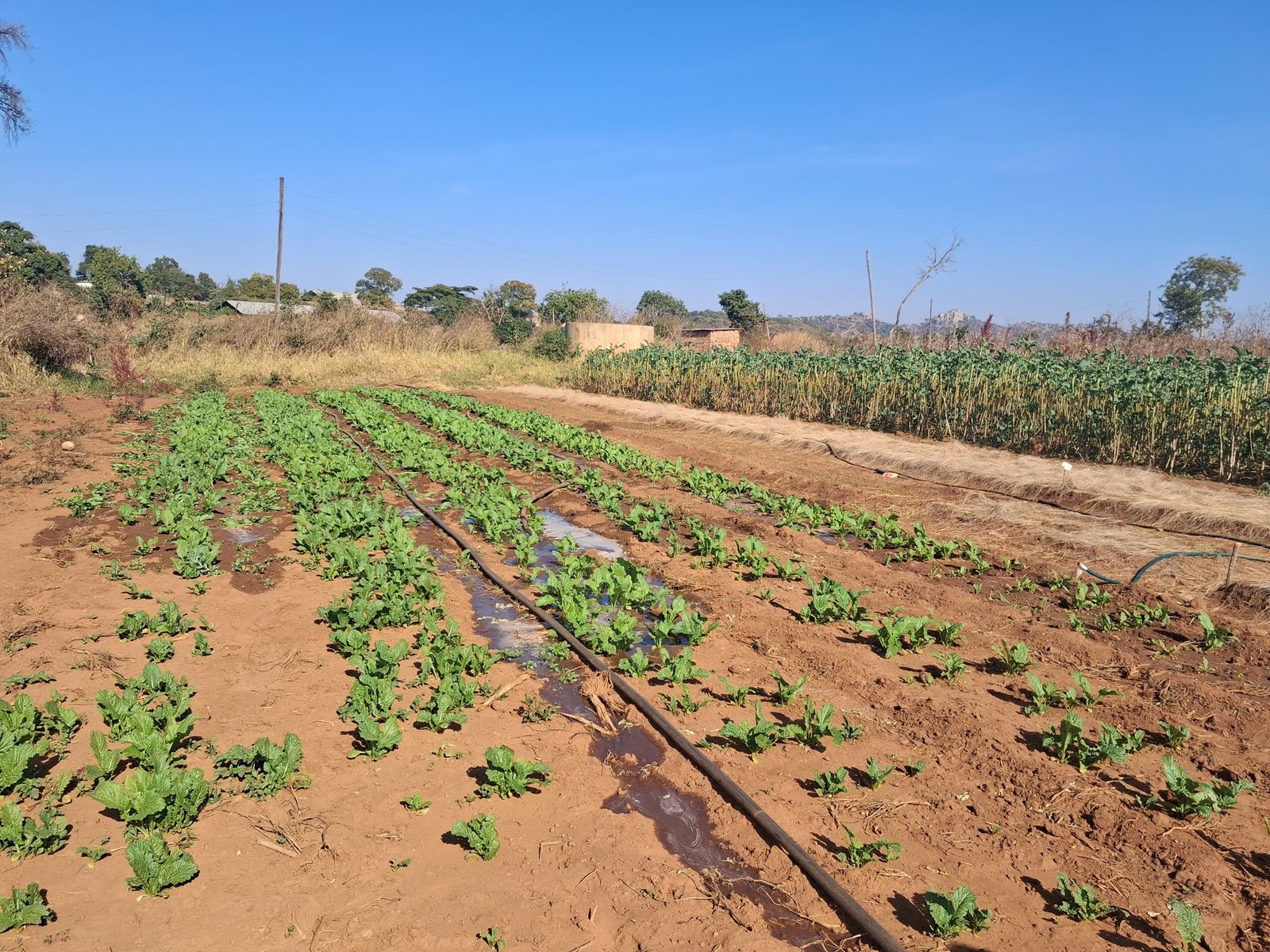The past week, temperatures have dropped, and many regions of the country are still experiencing episodes of rain, described by the Meteorological Services Department (MSD) as a seasonal transition period marked by shifting weather patterns as the season moves from summer to winter.
While this has posed challenges for wardrobe choices, the effects of changing weather patterns reach far beyond personal inconveniences; the implications extend to national planning.
Consequently, the government has begun early preparations for the 2025 winter cropping season and has begun distributing winter wheat inputs, confirming that there are sufficient supplies for the upcoming winter cropping season.
Zimbabwe targets 600 000 tonnes of wheat from 120,000 hectares and is being implemented through a provincial segmented plan, with Mashonaland West allocated the largest share. The initiative is divided across multiple programs, including the government-backed Presidential Input Support Program (PIP), the Agricultural Rural Development Authority (ARDA) scheme targeting 60,000 hectares, climate adaptation efforts under the National Adaptation Plans (NAPs), and partnerships with private contractors.
“The target for this year is to ensure that planting occurs in May, from May 1 to May 31, as any planting after that will not be as economical as it should be. Therefore, we are aiming for an early planting season to maximize yields.”
“The winter wheat programming is targeting 120,000 hectares. That’s the target, segmented by province, with Mashonaland West having the largest allocation. This target is also broken down into various programs, the Presidential Input Support Program (PIP), which the government supports; the Agricultural Rural Development Authority (ARDA) program, which supports 60,000 hectares; the Integrating Agriculture in National Adaptation Plans (NAPs); former command programming; and private contractors who are coming on board. Inputs are available across all the programs and have begun reaching farmers under the various initiatives.”
Prof Jiri confirmed that inputs are already being distributed, with PIP resources channeled through Grain Marketing Board (GMB) depots and other programs rolling out supplies to farmers, signaling early-stage progress toward meeting the national production goal.
“For the PIP, inputs have started to move to the GMB depots, and for the other programs, inputs have also begun to be distributed to the farmers.” said Permanent Secretary of the Ministry of Lands, Agriculture, Fisheries, Water, and Rural Development, Professor Obert Jiri.
Zimbabwe anticipates significantly improved winter wheat production this year compared to last season, driven by abundant water availability.
“Compared with last year’s season, we are looking at a much better winter production this time around, on the background of abundant water. Last year, if you remember, there was the El Niño-induced drought. So, really, last year was an emotional response to drought. Hence, we really went out there with very little water resources, but we managed to pull the 120,000 hectares. This time around, we have a lot of water. The southern region, including Matabeleland North and Matabeleland South, has never seen such rains. So, water is not an issue.”
“We would want every farmer that has access to water, whether it’s surface water or underground, to go into winter wheat production, and that is one of the key things that we have: that enabler in water,” Prof Jiri said.
Zimbabwe’s electricity supplier, ZESA, has guaranteed 160 megawatts of power for winter wheat farmers to address ongoing national energy shortages and ensure a successful 2025 winter wheat season.
“The power situation remains insufficient, but ZESA has also ring-fenced another 160 megawatts this time around to ensure that wheat farmers are assured of power. So, we are really excited that all the major enablers are lined up and all the dominoes are in place to ensure a successful and better 2025 winter wheat season,” Prof Jiri added.
Zimbabwe Farmers Union Operations Director Dr. Prince Kuipa stated that they are working to ensure timely land preparation. However, he emphasized that a successful winter wheat season relies on coordinated support from multiple stakeholders to address critical challenges, as the crop requires full irrigation during the dry season.
“Winter wheat crop for Zimbabwe is a crop that is grown in a very small window when we don’t have rains. Therefore, farmers need to irrigate the wheat so it’s irrigated 100%. Therefore, what the farmers really need in terms of preparation, does not only revolve around the farmer but also around other stakeholders, including the Zimbabwe Electricity Distribution Company’s (ZETDC). We have recently held preparatory meetings with the Zimbabwe National Water Authority (ZINWA), with the ZETDC, just to make sure that there is assurance that the farmers who will be growing wheat will be ring-fenced and cushioned from the load-shearings that we are experiencing. Because when the farmers start to grow, they will need an uninterrupted supply of electricity in order to power their irrigation systems.”
“There is also the issue of mechanization. Normally, not all farmers have machinery in terms of tillage units. Therefore, we are also in communication with the District Development Fund (DDF), with The Agricultural Rural Development Authority (ARDA), and also with the AFC holdings, who will provide this machinery to enable farmers to prepare.”
The government has earmarked 120,000 hectares for winter wheat this year, marking a historic milestone in the country’s crop production records as it seeks to boost food security and reduce the imports bill. This ambitious plan is expected to produce 600,000 tonnes of wheat, exceeding last year’s output of 562,591 tonnes and surpassing the minimum national requirement of 360,000 tonnes needed for self-sufficiency.
The 2025 winter plan aims to consolidate the gains from the government’s 2024 Wheat-Based Food Security initiative. Last season, 119,954 hectares of wheat were planted, yielding 562,591 tonnes, while barley was planted on 6,697 hectares and produced 36,120 tonnes. Potatoes were grown on 8,657 hectares, yielding 233,739 tonnes. This year, barley is targeting 6,500 hectares with an expected yield of 39,000 tonnes, while potatoes are projected to yield 236,250 tonnes.





